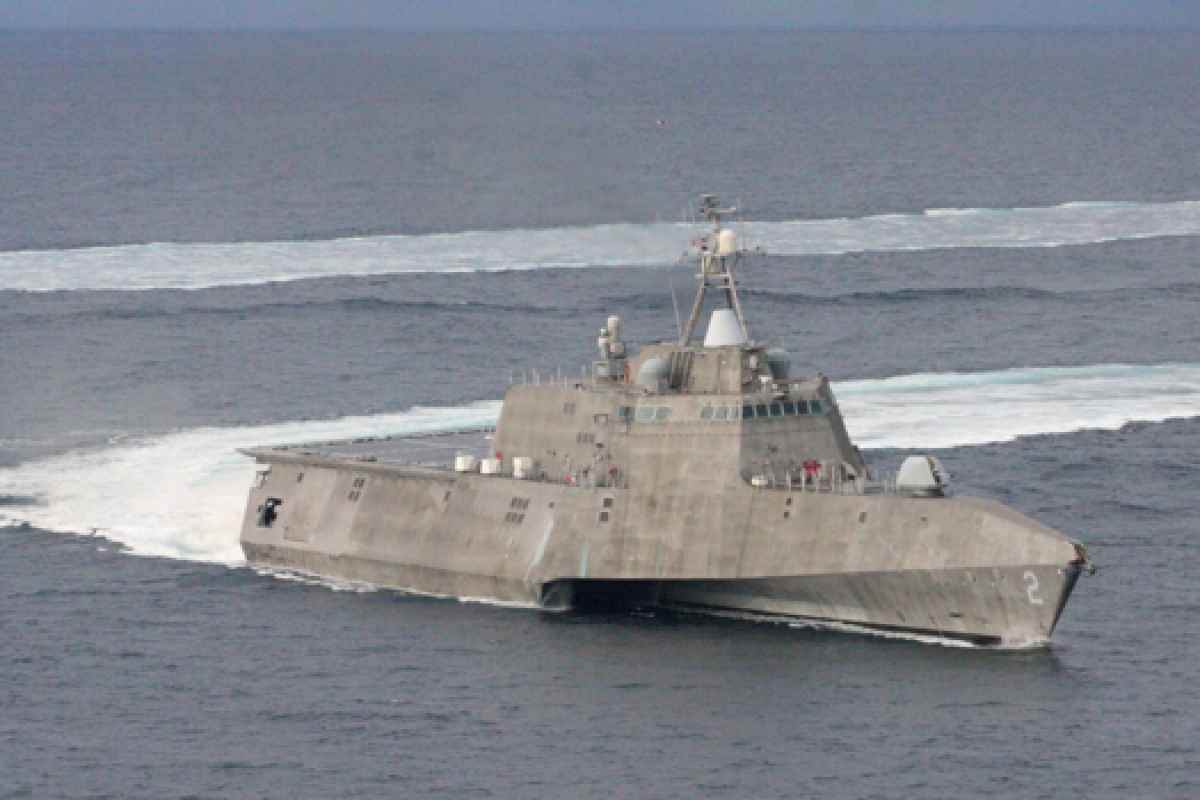U.S. NAVY SPENDS $37 BILLION ON A SHIP THAT BARELY WORKS.

Для,тех,кто на владеет английским,в двух словах-Корабль-лажа)) The Littoral Combat Ship was supposed to anchor the Navy of the future. Instead, a report obtained by Bloomberg News reveals a program plagued by problems, high costs, and an inability to meet even simple docking requirements.
Ideally, the Littoral Combat Ship is one vessel that can transform to fulfill one of three roles at a time: anti-mine, anti-submarine, or ocean surface combat. To do this, it uses interchangeable modules, helicopters, unmanned underwater vehicles (sea drones!), and missiles, depending on the mission. In theory, the modules work like LEGOs, swapping out a sonar array from the anti-submarine kit for a 30mm gun in the surface warfare kit.
In practice, the modules don't work. The goal was for a 96-hour turnaround between modules in place and specific other tools needed (the above-mentioned helicopters, etc). A ship that adaptable and flexible could respond rapidly to a crisis. But the report obtained by Bloomberg reveals that while a 96-hour module exchange is technically possible, it requires a nearby dock, with all the components for the next module already on hand. That takes a lot of advance planning to set up and requires fetching spare modules from naval bases beforehand (a process that took weeks in a training exercise.)
The Littoral Combat Ship is also a far cry from durable. A more recent report says the ship is not expected to remain capable after taking a hit from an opponent, which is a significant problem for a naval vessel. Granted, it is not designed to carry on a full naval battle by itself, but it doesn't take an enemy warship to sink it. Instead, this $440 million ship can be knocked out of a fight by a single hostile cruise missile.
Department of Defense acquisition programs are laughably infamous for running over budget. Usually, however, a flagship program still ends in a useful vehicle, even if it cost billions more than expected. The Pentagon's Mine Resistant Ambush Protected (MRAP) vehicle program, for example, had a similarly high total price tag of $45 billion. While value-for-cost of the MRAP program is still in question, it did at least deliver a durable vehicle to troops fighting abroad.
It is still possible that the Littoral Combat Ship can drastically improve; while the year-old report mentions critical flaws, they are not wholly insurmountable. Fixing them will take more time and more monetary investment, and in the age of sequestration, both resources are increasingly scarce.
[Bloomberg]http://www.popsci.com/technolo...










Оценили 7 человек
23 кармы